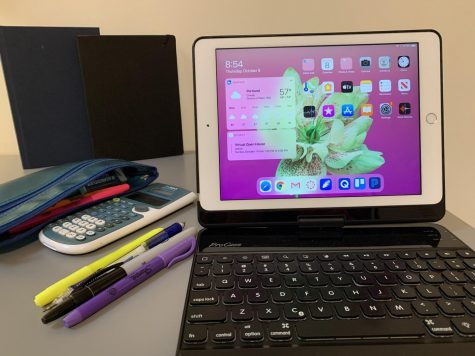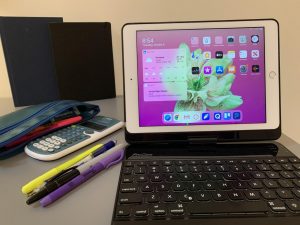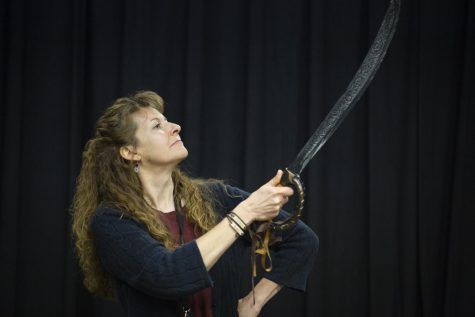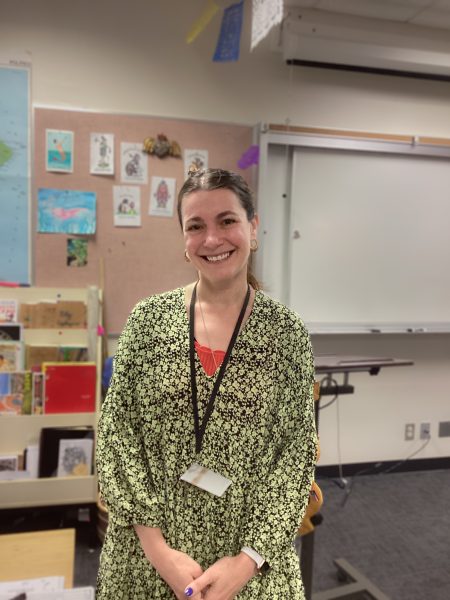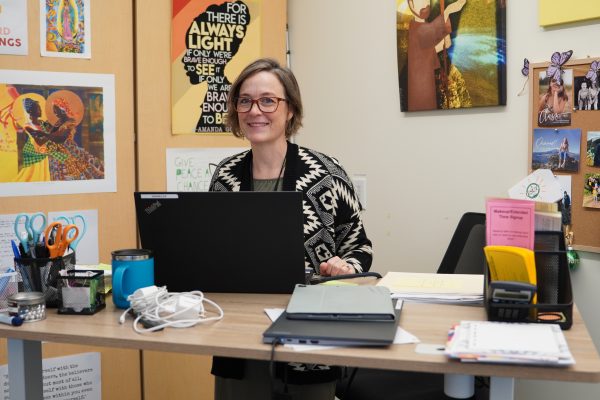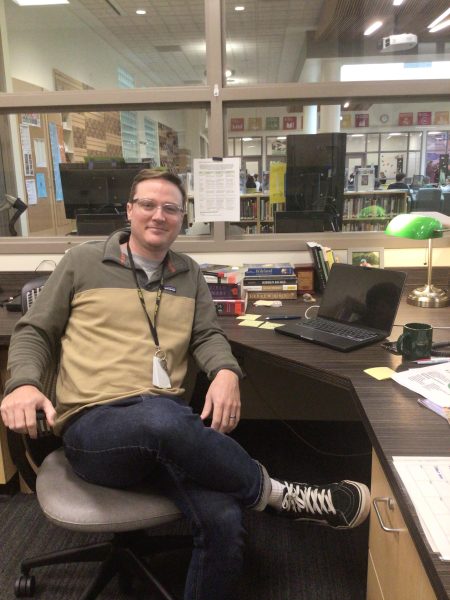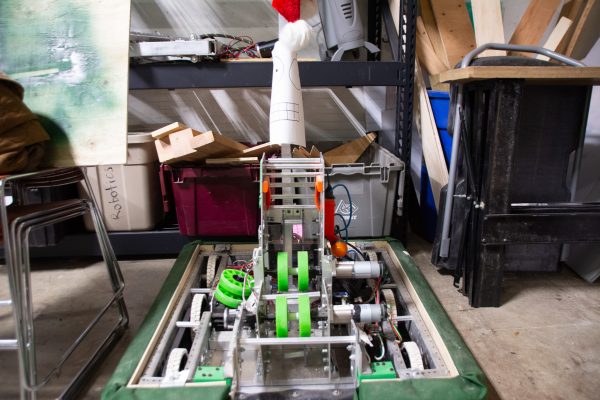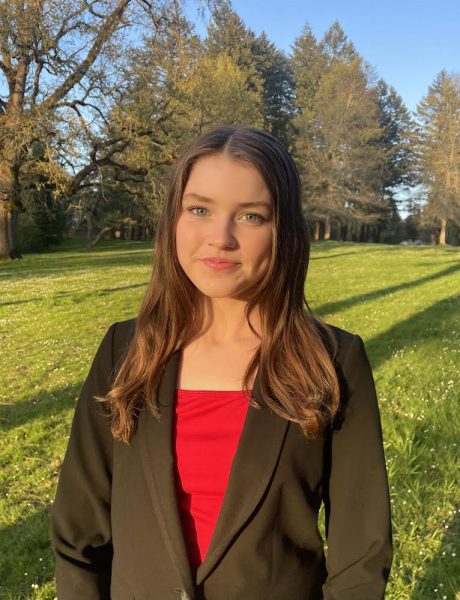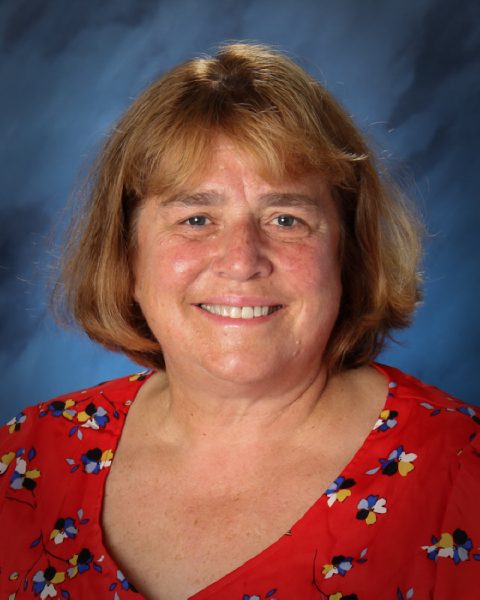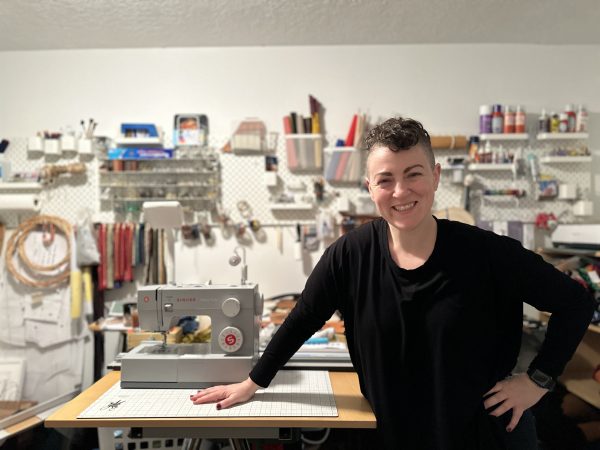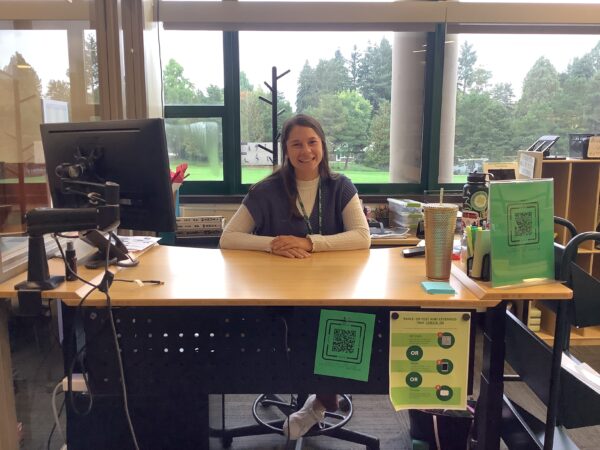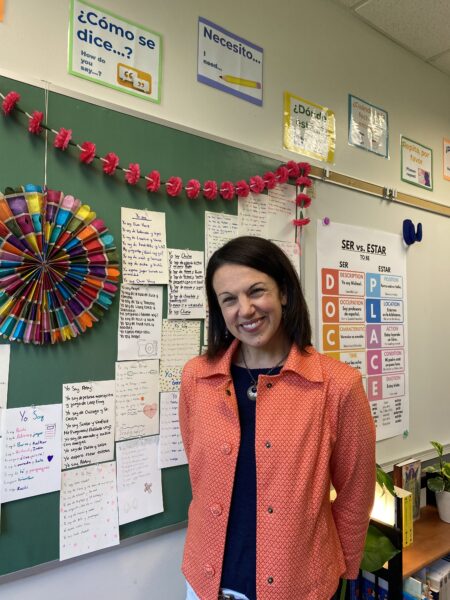How Teachers are Re-Designing Learning for an Online Environment

For the past nine months, teachers at Jesuit High School have been challenged with the difficult task of learning how to teach in a virtual fashion. Since digital learning is the new reality for the way education is conducted, teachers have had to redesign their traditional methods of teaching to ones that lend themselves better in an online environment.
Back in the spring, Jesuit implemented an asynchronous learning model and has since moved away from that approach to a primarily synchronous model in the fall of the 2020-2021 school year. Geoffrey Hunnicutt, a US History teacher at Jesuit, approves of the change, saying that under the asynchronous learning model there was too much inconsistency.
“There was a lot of difficulty and everyone was just doing their own thing,” Hunnicutt said. “It was kind of a dynamic period when there was a lot of uncertainty over what to do, and we kept trying to make it better and that was hard to do on the fly because [teachers] had to adapt their curriculum and tests and everything to the new format. Students were having to constantly switch from one platform to another platform.”
Laura Schick, a math teacher at Jesuit, agrees that the asynchronous model wasn’t sustainable, but stresses the point that no method of learning works for all students because some of her students enjoyed asynchronous learning.
“I know a lot of my students said they [were] actually getting more sleep because they [were] able to work at times where [they] have more energy, they [were] able to work around a schedule that works better with [their] life outside of school,” Schick said. “The trade-offs were that until Zoom really became an option, we missed out on a lot of interpersonal connections that we normally would have had. While things were working well, we made some pretty big asks of our students, and it wasn’t a perfect learning mode for everybody.”
To prepare for synchronous learning in the fall, teachers participated in a robust digital learning training program over the summer taught by fellow Jesuit administrators, teachers, and outside professionals with expertise in the virtual world. For Hunnicutt and Schick, what made the training successful was the teachers instructing each other on how to be more dynamic because it made the learning process all the more interactive and collaborative.
“One of things that was most useful for me personally was attending something that Jesuit put together,” Schick said. “We called it a virtual PD (professional development) conference. That is something Ms. Tormala put together. She had some keynote speakers from outside the school and also had a lot of sessions run from inside the school. I helped lead a session with [Jesuit English teacher] Mr. Villareal on how to use Nearpod and we were able to help other teachers because we had both used it, but we had both used it in completely different ways. We got to share our learning with other teachers and help them, and we also got to learn from other teachers, like I learned how to use Zoom from Mr. Flamoe and got a lot of tips.”
“Many teachers, too many to mention, who were skilled at certain aspects of online learning gave classes to the rest of us,” Hunnicutt said. “The training over the summer that was most beneficial was auditing Mr. Flamoe’s online US History class. He is very skillful in the use of Zoom, Edpuzzles, and other tech wizardry, so I learned much from participating in his class as a student and asking him questions. Lots of questions.”
Due to the extensive training teachers went through in the summer, it is safe to say that many of them are more technologically proficient compared to before digital learning became the norm. For Ms. Schick, she considers herself a tech-savvy individual and uses that to her advantage when teaching, but misses the traditional hands-on activities she used to use in her geometry class on campus.
“I would say that I really love to use technology when it can make our classroom experience better, but I try not to use it just to make the experience flashy,” Schick said. “I also will say that this year I really miss out, especially in geometry, doing hands-on labs with shapes. I would say I’m super comfortable with technology and I really like it, but I don’t think any of us were prepared for the overload of technology that is happening right now.’
Not only did teachers have to adapt to teaching their curriculum online, but they had to transition from teaching four 55-minute class periods a week to two 80-minute class periods a week.
“What you lose is the cohesion,” Hunnicutt said. “You’re meeting twice a week instead of four times a week, right, and it’s hard to keep students’ attention in this format, and I understand that completely. It’s very challenging for me and I think it’s frustrating for a lot of teachers in this environment, especially if you have taught for a long time and had success and then you are put in a different environment, and it is completely different and you aren’t having success, and you can’t have success because it takes time to get good.”
For junior Karli Lonquist, a student of Ms. Schick, she much prefers learning math four days a week for 55 minutes, but understands that the schedule put in place is what’s best for the situation she is in.
“I would definitely say that math is best when you have five classes a week, instead of two 80-minute periods,” Lonquist said. “Sometimes in the 80-minute periods I run out of focus and that’s hard to regain. Also, I feel like there’s the same amount of content but more area for understanding [in the 55-minute schedule].
“When it comes to in-person math education, I really much prefer getting to see my students more times in a week,” Schick said. “For example, I was talking to a student and saying, “hey, remember this, it was two lessons ago” and in a normal week it would be literally two days ago, now it’s like a week ago. Especially in math when there is so much skills-based practice. One of things that is better for math education is that daily contact, that daily practice, daily reinforcement, and daily check-ins.”
When questioned about the challenges they are facing with digital learning overall, the common trends were a loss of social interaction, communication issues, and especially Zoom fatigue.
“I am a storyteller and doing it over Zoom is very challenging due to the limited feedback from the audience, though my students have been attentive and hardworking,” Hunnicutt said.
“I am more than ever relying on hearing from my students and hearing their feedback because as any teacher will tell you, you get really good at sort of assessing, taking in a room and people’s responses in a classroom,” Schick said. “Like when you’re rocking a lesson, everybody’s engaged, people are loving it, you can feel it. It’s really hard to tell that through a computer screen because the students may be loving it, I just don’t know. We are really needing that feedback from our students because we are here for you. It is really hard on zoom to tell what is working well and what is not.”
Hunnicutt and Schick have very different lesson plans during their two 80-minute class periods, in part because of the differing subject matter, but also because their personal experimentation throughout their summer training introduced them to different innovative platforms. A common trend, however, is that their classes are a combination of synchronous and asynchronous learning.
“We use a really fun tool called Google Jam Board,” Schick said. “It is kind of like google slides but it is shared, and it’s a whiteboard. For math it’s nice because then one person can write and the others can look at the screen.”
“When we are in breakout rooms, we use a lot of the time these things called Jam Boards and each group has a page with warmups on it and they will go through and complete the warmup,” Lonquist said. “Everyone is doing something with their group at that time and Ms. Schick will come by, look at everyone’s board and make little helpful comments. A lot of the time we will come back, and we will have a discussion about it. It gets everybody engaged and participating at the very beginning of class, which I think is good to kind of wake everybody up.”
“I use the whole 80 minutes and it’s a combination of Edpuzzles, which are videos that are reading assignments, that breaks [the class] up a little bit,” Hunnicutt said.
The remaining obstacle that teachers have yet to tackle in respect to digital learning is final exams. In an email on October 20, Principal Paul Hogan announced the cancellation of an official final exam week in January 2021. Instead, Jesuit students will take their final exams online within the limits of their 80-minute class periods.
“There will be some written thing,” Hunnicutt said. “In the past I have always done a combination of objective multiple choice questions and then an essay, just about 50/50, so I will just do the essay.”
When Ms. Schick was questioned about how she will test her students’ knowledge at the end of the semester, she said that she is awaiting to make a decision because she is “still learning” about her students and “where their math abilities are.”
“One thing I have learned about online learning is that nobody has all of the answers yet, so you have to be willing to learn as you go,” Schick said. “My thinking right now is probably a combination of something that asks for them to show me their skills, but also involves some sort of creative synthesis of what they have learned.”
Despite the many challenges online school yields, Ms. Schick managed to find a positive with learning virtually.
“One nice thing about Zoom is that even people who don’t love to unmute and share, can still have a voice and still use the chat function to communicate their ideas,” Schick said.
Similar to Schick, Hunnicuttt was able to find some positivity through this entire digital learning experience in an inspiring message.
“As to what works and what does not, I am still learning that,” Hunnicutt said. “I am having to follow my own mantra that I tell my students: Don’t be afraid to fail because failure is your greatest teacher. I guess I must be learning a great deal.”




